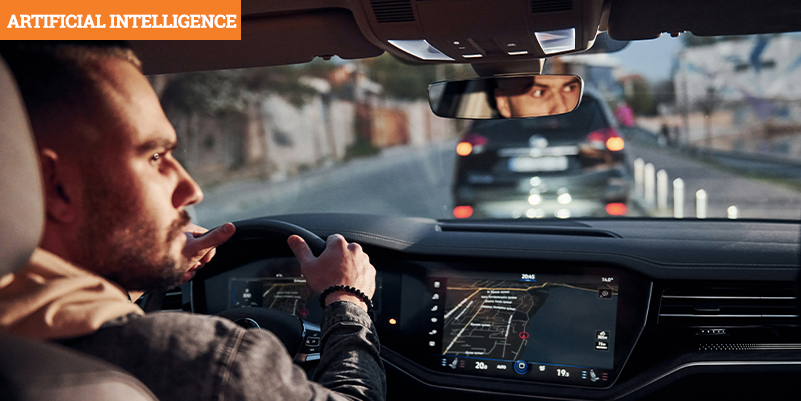Decision Making for Driver Assistant Systems using Computer Vision

Abstract
Advance Driver Assistant Systems (ADAS) are a group of electronic technologies that assist drivers in driving and parking systems, bringing safer, easier transportation. ADAS systems use advanced technologies to assist the driver by using a combination of sensor technologies, Artificial Intelligence (AI), radars, and cameras to perceive the world around the vehicle. Computer vision is the core of AI to decode and understand the visual data acquired from cameras. The decoded data from the camera helps in activating driver assistant systems such as Adaptive Cruise Control (ACC), Collision Warning Systems (CWS), Intelligent Speed Adaption (ISA), and automatic windshield wiper activation. These driver assistant systems are activated based on the weather condition predicted by computer vision models. In adverse weather conditions, the camera output becomes noisy and becomes challenging for computer vision algorithms to decode the visual data.
Multiple computer vision algorithms are proposed by many research institutes and leading automakers for a faster and more accurate classification of images. Decision-making for activating the driver assistant systems using various image classification algorithms are dependent mainly on Frames processed Per Second (FPS) and the accuracy of image classification models on streaming data. A comparative study of these algorithms on the benchmark DAWN dataset was conducted in this research.
Keywords: Autonomous cars, Safety systems, ADAS, Image classification, DAWN dataset
Conference Name: INTERNATIONAL CONFERENCE ON INTELLIGENT COMPUTING AND NETWORKING – 2023




